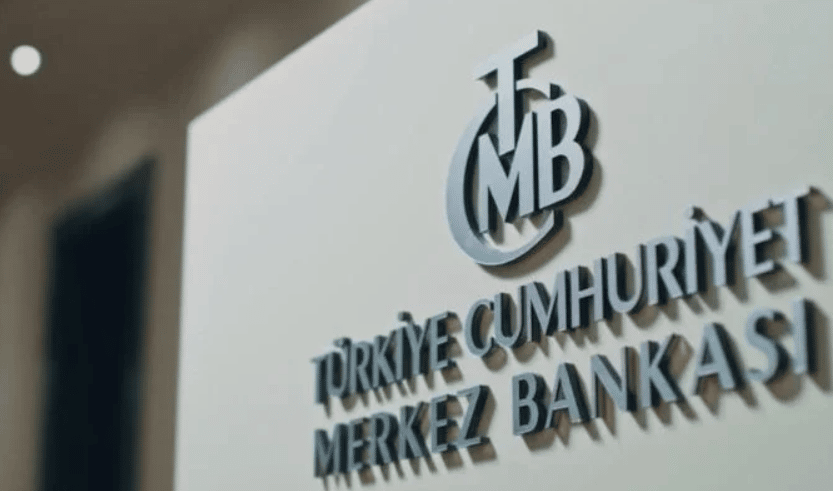The Central Bank of the Republic of Turkey (CBRT) published a comprehensive evaluation report within the scope of the first phase studies of the Digital Turkish Lira Project. This report includes the results of the pilot test studies and the approaches adopted in the project.
In the first phase, pilot application tests were carried out in certain locations and as a result of these tests, user experience and system performance were measured. The findings of the R&D studies carried out within the CBRT and the first phase carried out together with the Digital Turkish Lira Cooperation Platform stakeholders were shared in the report.
CBRT: “Digital Turkish Lira is not a Crypto Asset”
The report stated that Digital Turkish Lira is a digital form of the Turkish lira and is not a cryptocurrency asset. Digital identity and digital money systems were included as core systems in Phase-1 studies. In order to evaluate the opportunities offered by new technologies, it was decided to use Distributed Ledger Technology (DDT).
According to the report, within the scope of Phase-1, the digital identity system, digital money system, abstraction layer, service layer and wallet application were determined as the basic components. These components were prepared and tested using open source software according to R&D principles.
The report also states that, with the Digital Turkish Lira, banknote emission and money in circulation operations costs are expected to decrease. It was noted that using DDT does not mean that the model is decentralized.
It was announced that R&D activities will continue in the following phases and that conversions between forms of Turkish lira, smart payments, offline payments and legal and economic dimensions will be discussed in the following phases.
There are a number of targeted improvements in the Phase-2 process of the Digital Turkish Lira Project. These improvements include brokerage integrations, smart payments, offline payments and hardware wallets. Additionally, interoperability and high performance are also important goals at this stage of the project. Finally, the legal and economic aspects of digital money are among the issues that will be addressed in the Phase-2 process.
Phase-3 process includes the circulation decision phase and the dissemination phase. At this stage, it is planned to make a decision to circulate the digital currency and make the necessary arrangements in line with this decision. These regulations include certification and licensing procedures. In addition, it is aimed to gradually spread digital money.
*This is not investment advice.










